BTensure has developed a structured, all-in-one R3 Transformation Framework and FAPIAS Model to manage both the technical (project) side and the people side of change within any organization. These tools are designed to support organizations and individuals in completing change or transformation initiatives successfully, regardless of size, duration, or available resources.
The R3 Framework and FAPIAS Model combine all essential elements and phases in a clear, easy-to-understand format. Each step is well-defined, ensuring a logical and reliable sequence that supports a smooth transformation journey.
R3-FAPIAS Business Transformation Approach
BTensure has developed a structured, all-in-one R3 Transformation Framework and FAPIAS Model to manage both the technical (project) side and the people side of change within any organization. These tools are designed to support organizations and individuals in completing change or transformation initiatives successfully, regardless of size, duration, or available resources.
The R3 Framework and FAPIAS Model combine all essential elements and phases in a clear, easy-to-understand format. Each step is well-defined, ensuring a logical and reliable sequence that supports a smooth transformation journey.
R3-FAPIAS Business Transformation Approach
How to start a business change
starting from scratch.
diagnosing the need.
starting from an advanced point.
executing the plan.
BTensure R3 Framework
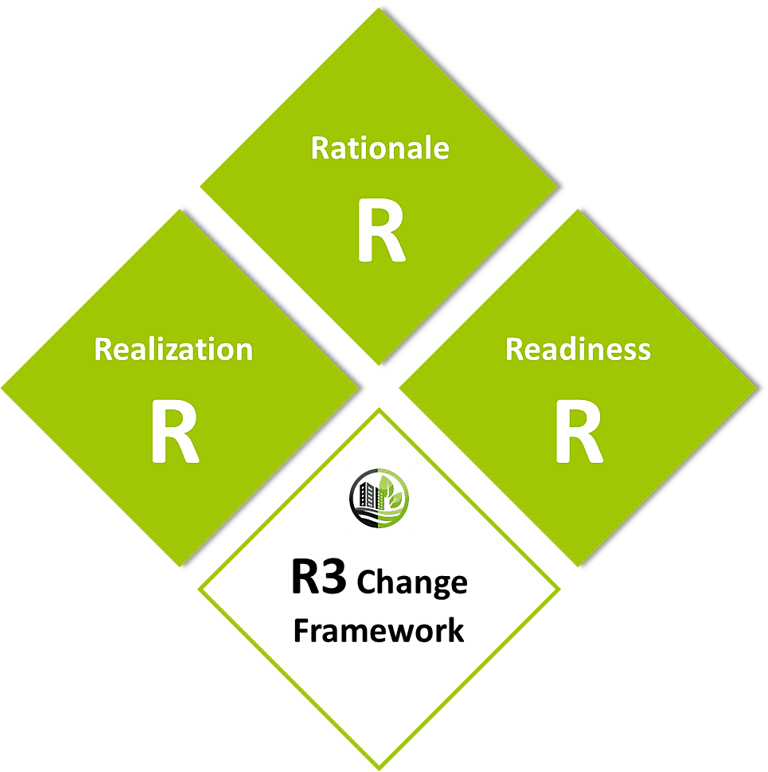

BTensure uses the R3 Change Framework: Readiness, Rationale, and Realization to guide transformation.
Readiness: Can we change? Are people, systems, and culture prepared for change?
Rationale: Why are we changing? what results are we aiming for?
Realization: How do we make it happen right and sustain it?
A strategic framework for Change, Business Sustainability, and Environmental Focus.
Advantages of R3 Change Framework:
Clear structure: Easily communicated to internal and external stakeholders.
Balanced: Covers both strategic and operational dimensions.
Scalable: Can apply to small initiatives or enterprise-wide transformations.
R3 + FAPIAS: the two key tools will lead any transformation process towards success.
BTensure: R3 Framework


BTensure uses the R3 Change Framework: Readiness, Rationale, and Realization to guide transformation.
Readiness: Can we change? Are people, systems, and culture prepared for change?
Rationale: Why are we changing? what results are we aiming for?
Realization: How do we make it happen right and sustain it?
A strategic framework for Change, Business Sustainability, and Environmental Focus.
Advantages of R3 Change Framework:
Clear structure: Easily communicated to internal and external stakeholders.
Balanced: Covers both strategic and operational dimensions.
Scalable: Can apply to small initiatives or enterprise-wide transformations.
R3 + FAPIAS: the two key tools will lead any transformation process towards success.


FAPIAS model
current state








Analyze
Implement
Assess
Prepare
Sustain
keep it green
what activities?
M & E
the new way


Find
the issue


FAPIAS model
current state








Analyze
Implement
Assess
Prepare
Sustain
keep it green
what activities?
M & E
the new way


Find
the issue
AiO ENSURE: All in One


why?


assessment


prioritization


solutions!


analysis










who?
when and where?
resources!
DO
result!










sustainable practices
environment first
green tools
green culture
CI ENSURE
AiOensure: All in One


why?


assessment


prioritization


solutions!


analysis










who?
when and where?
resources!
DO
result!










green practices
environment first
green tools
green culture
CIensure
each stage has many elements and steps to follow:
between the why and the result, the how happens.
creating a proper proposal relies heavily on correct facts and reliable data.
how much we have experience in similar situations?
how much we have flexibility in our organization to do so?
are we ready to offer enough time for assessment, analysis and proper planning before we implement anything on the ground?
after collecting information and analyzing the situation, do we really still need that change?
are we capable to freeze the plan or will we keep changing it overtime for no reason (everyone comes with a wish list)?
is it an internal effort or an external or both, and who will lead?
how can we identify all the resources we need in every stage?
is it a minor change, a medium, or a major (transformation)?
do we really know how the future will look like? how do we know if the change will lead to success?
what does sustain mean? and how long it takes to reach there?


Start a Change
the business transformation (ensure) approach is a non-stop journey. It focuses on low effort & resources and high impact initiatives. It requires full commitment, green-thinking, clear plan and roadmap, effective monitoring and evaluation mechanism, together, with proper governance (DO) to ensure success.
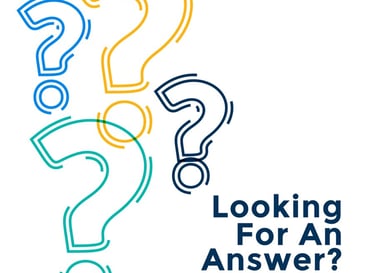

readiness and maturity
is the organization ready and mature enough to implement the planned change? does the organization have the resources to do so?


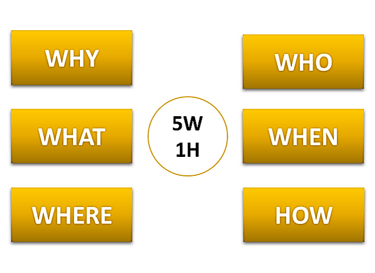



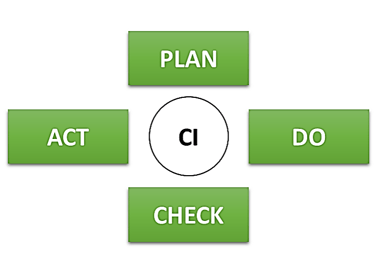

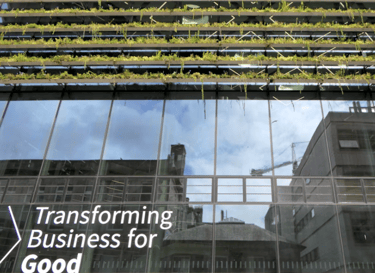

impact analysis
what impact is expected? how to determine and measure positive and negative impacts? how will the impact affect both: staff and operations? how to mitigate negative impact?
Start a Change
the business transformation (ensure) approach is a non-stop journey. It focuses on low effort & resources and high impact initiatives. It requires full commitment, green-thinking, clear plan and roadmap, effective monitoring and evaluation mechanism, together, with proper governance (DO) to ensure success.


readiness and maturity
is the organization ready and mature enough to implement the planned change? does the organization have the resources to do so?


impact analysis
what impact is expected? how to determine and measure positive and negative impacts? how will the impact affect both: staff and operations? how to mitigate negative impact?
Implementing a Change: the DO & the HOW
Why the DO? what the DO can do? why it is needed? who will lead?




What methodology we are using to implement the change? why? who is the team? how success look like?
Implementing a Change:
the DO & the HOW
Why the DO? what the DO can do? why it is needed? who will lead?




What methodology we are using to implement the change? why? who is the team? how success look like?
The Development Office (DO)
BTensure adopts the DO approach to implement the business transformation process in order to ensure a central point of communication and decision making throughout all transformation phases, and that shall include: analyzing, preparing, planning, implementation and closing, while promoting sustainable practices and ensuring quality and safety are maintained.
The DO has the overall accountability, responsibility and decision-making authority to implement the transformation process. The DO is a temporary or permanent division to lead the temporary change or permanent initiatives and developments within the organizational continuous improvement system.
the DO is capable of leading change and/or transformation in any organization.
Change vs Transformation
Change is a modification or alteration, often of a specific aspect or process, reactive in nature, incremental and shorter.
Transformation is a more fundamental and profound shift in the core nature or structure of something, longer and continuous, proactive and strategic.


environmental sustainability may include:


















BTensure
Guiding businesses toward sustainable alignment
For support
© 2025. BTensure .. all rights reserved.

